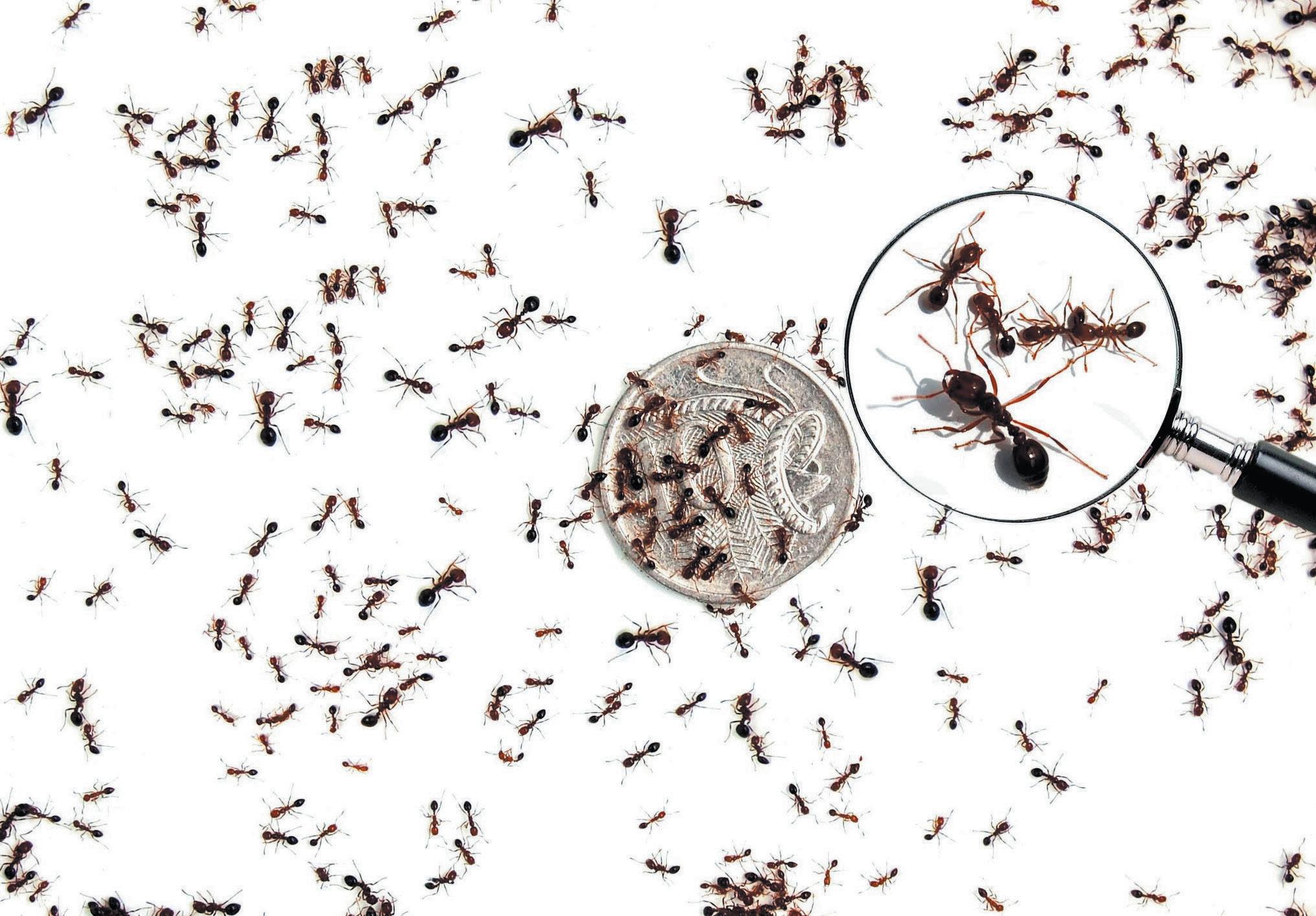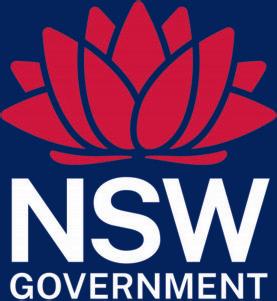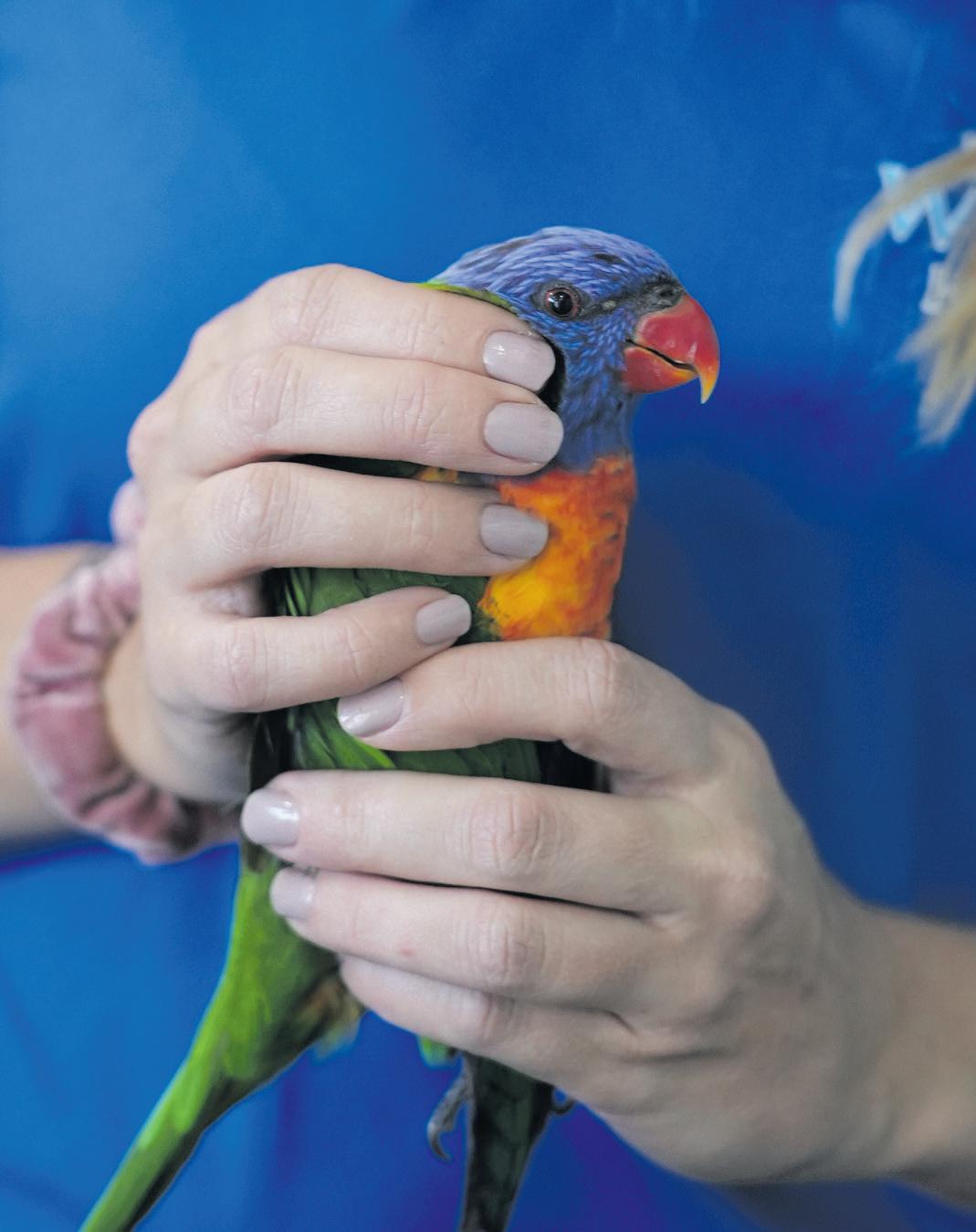
4 minute read
Thousands of rainbow lorikeets lost to disease; cause remains a mystery
By Sarah Waters
They’re known as the acrobats of the sky, but Australia’s beloved rainbow lorikeets are falling in record numbers across the Northern Rivers region.
The birds are being affected by Lorikeet Paralysis Syndrome (LPS) a seasonal disease, which occurs between October and June and peaks during summer.
Thousands of cases have been recorded in northern NSW in the past two weeks alone.

The cause of the disease is still unknown.
It only affects lorikeets, mainly wild rainbow lorikeets but also scaly-breasted lorikeets, in south-east Queensland and northern NSW.
It has been around since the 1970s but has become more widely recognised in recent years due to the growing number of afficted birds.
Byron Bay Wildlife Hospital Vet Dr Bree Talbot said their clinic had been inundated with paralysed rainbow lorikeets.
“I still need to calculate how many we have treated, but this year is the worst it’s been,” Dr Talbot said.
“It’s bad because we don’t know what is causing it yet, so we can only treat their symptoms.
“Some of them are so sad when they come in - they can’t stand, some of them can’t swallow or even blink and they’re usually such an energetic, happy bird,” she said.
The birds can have various degrees of paralysis in their wings and legs.
They lose their highpitched screech and are found either hopping, wobbling or not moving at all.
Most birds with LPS are dehydrated and skinny and need immediate care to prevent them suffering.
Lorikeets can fully recover with signifcant intensive care and rehabilitation, but it is a lengthy process.
Dr Talbot said vets at Byron Bay Wildlife Hospital use a 1-4 grading system to assess paralysed lorikeets.

Birds graded 1 are unable to stand, swallow or blink, whereas grade 4 only show very mild signs.
A lot of the birds require intensive care and are placed in a humidicrib, given anti-infammatory medication, fuids, eye drops and tube fed.
“Some birds take up to eight weeks or more to recover,” Dr Talbot said.
“And, we have to rely on a wildlife carer to take them home for the later stages of their rehabilitation before they can be released back into the wild.”
Scientists and vets are now scrambling to fnd the cause of Lorikeet Paralysis Syndrome.
A University of Sydney study has ruled out infectious diseases and narrowed down the aetiology to a toxic plant.
But Dr Talbot said it was still not well understood.
“We don’t know if it’s the plant itself or if it’s something on the plant like a fungus or bacteria.
“There’s lots of hypothesis about what it could be, including fowering/fruiting plants as it is a seasonal disease, but they’re still trying to narrow it down.”
Byron Bay Wildlife Hospital have been working with the Australian Registry of Wildlife Health to help with further investigations.
Sydney University are also running the Lorikeet Paralysis Syndrome Project.
It’s citizen scientist research project encourages members of the public to photograph and flm lorikeets feeding on plant species/ food sources to try and determine a common culprit.
The study area is between Bundaberg and Grafton.
Observations of the birds feeding in this area can be reported on iNaturalist (www. inaturalist.org).
In the meantime, if you fnd a paralysed bird use a towel to pick it up and place it in a cardboard box.
Dr Talbot said it is important not to try and feed the birds as they might not be able to swallow.
Instead, water can be left in a shallow dish near it.
Birds should be taken straight to Byron Bay Wildlife Hospital or call a local wildlife organisation to pick them up.
For more information on Byron Bay Wildlife Hospital visit: byronbaywildlifehospital. org
Information on the Lorikeet Paralysis Syndrome Project can be found at: www. sydney.edu.au/science/ our-research/researchareas/veterinary-science/ lorikeet-paralysissyndrome-project.html










